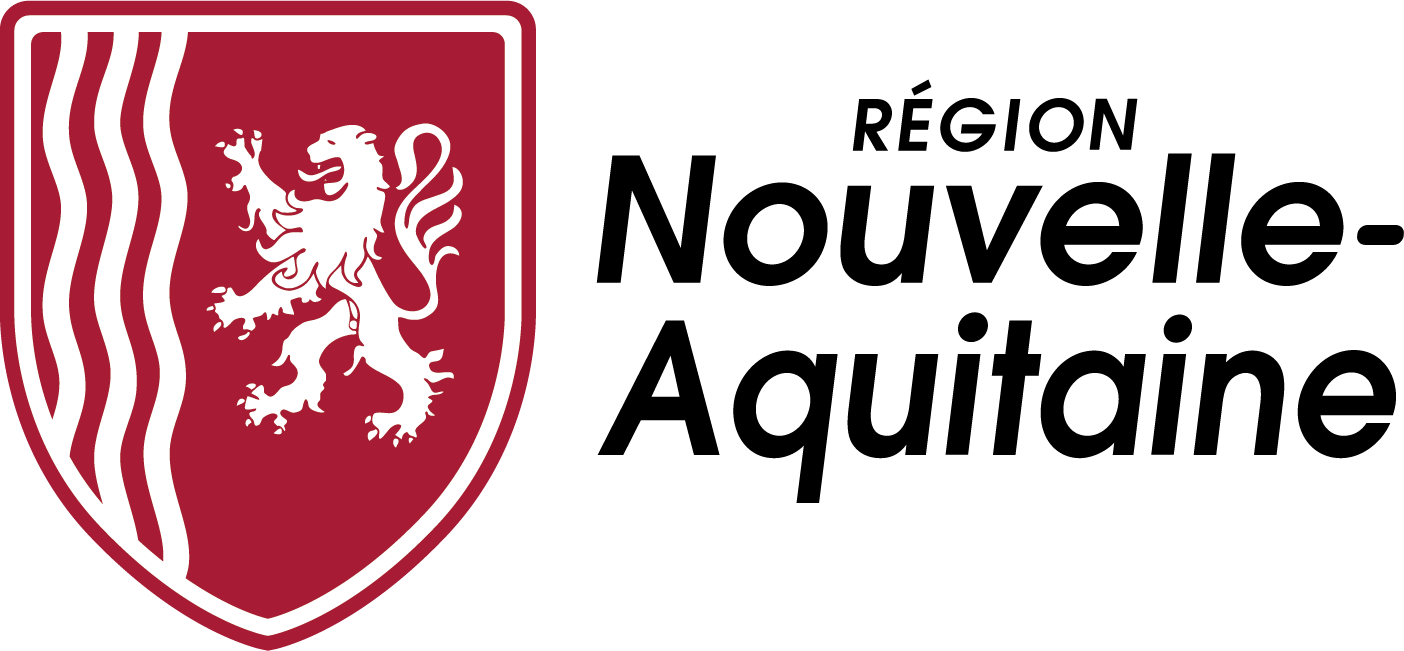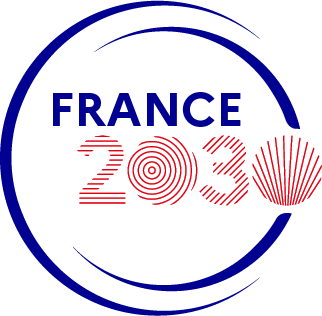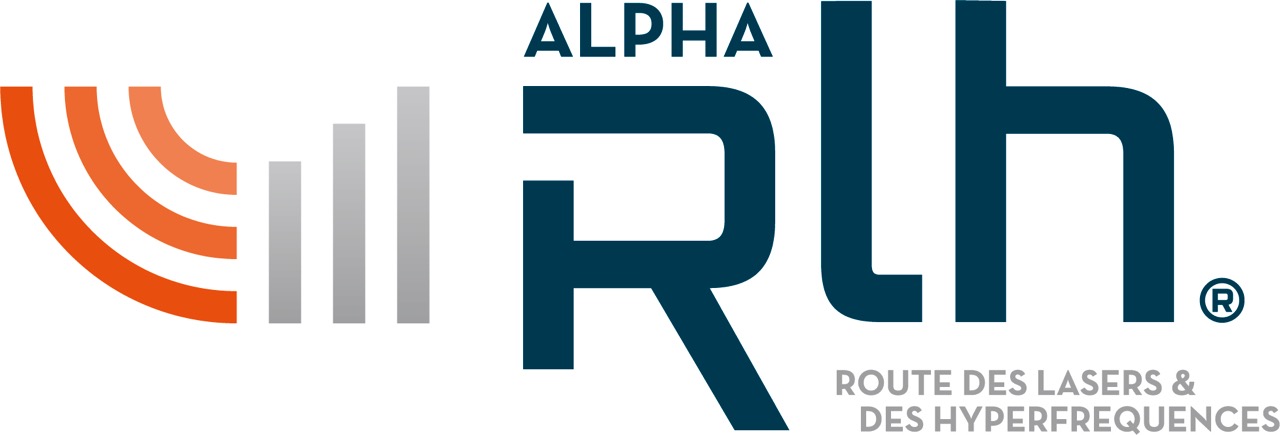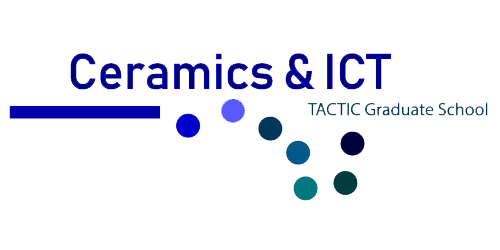You are here
ICONES: COlor Images, movemeNt, rElief and Surfaces
Research activities of the ICONES team expand across multi-source and multi-component images processing, signals characterization and analysis with a specificity concerning static and dynamic textured color images. Our objectives are to develop models for processing and analysing digital images throughout scales and time, and to manage their reproduction on different supports by possibly integrating a priori knowledge on contents.
The originality of our work concerns: the introduction, in all the parameters processing chain coming from, on the first hand, models of the human visual system, on the other hand, physical models linked to aspects of analysed surfaces ; the movement recognition in scenes representing an additional scientific stake. Our originality also concerns the development of evaluations of the data processing chains quality, supports of color images or videos replication (on display or on paper), according to normalized conditions into a specific room. The integration of this approach enables to produce algorithms of which the retroaction loop leans not on a classical entropic model but on a visual quality measurement.
This originality allows us to obtain a national and international acknowledgement in the digital color domain. The team also represents the french nation in standardization committees (ISO JPEG2000, notably "digital cinema" workgroup, 1 and 8 CIE Divisions) and collaborates with prestigious european firms (AGFA, Colas, France Telecom, Grass Valley, LCPC, LNE, L'Oréal, Thalès Communications, Thomson Technology, etc) by contracts or by national and european projects.
Research activities are structured in 5 complementary themes which often manage transverse projects.
Five complementary Themes
MIM Theme:
Models optimization for signals and Multicomponent Images.
PERLE Theme:
PERception, coLor and quality.
SIM Theme:
Surface, Image, Matter.
CISI Theme:
Implicit Content of Image Sequences.
CORALI Theme:
KnOwledges and ReAsoning for Image.











 UMR CNRS n°7252
UMR CNRS n°7252